An amazing hiking or backpacking trip in the wilderness can quickly and unexpectedly go from peaceful getaway to dangerous emergency. No one heads into the backcountry expecting to get hurt, but accidents happen in a heartbeat and conditions can sometimes change in a hurry. Any activity carries risks, but in the wilderness, you need an extra degree of preparation because you may not be able to get assistance easily. Having the right supplies and knowing how to use them can mean the difference between life and death. So, while we hope you never need to use it, we want to help you be prepared for the worst when you head out on your next adventure.
This guide will help you to make sure you have everything you need for backcountry safety!
Table of contents
Essential Safety Items You Should Never Hike Without
Weatherproof matches / lighter: It may seem obvious, but be sure you always have a way to make a fire. Fire will help you stay warm and also be found in the event of an emergency. While a basic lighter from any gas station works fine in most circumstances, having weatherproof matches as a backup can be a life-saver in an emergency.
Communication device: Realizing that your cell phone may not be within signal range when you’re out in the backcountry, having a satellite-based communication device is a great idea. Garmin is a trusted brand, and their inReach line offers great service and two-way communication. The inReach MINIis a great option in a very small format, but since some features require you to pair it with another device such as a cell phone, many people prefer the larger Explorer+ model for complete functionality outside the reach of cell towers. Note that satellite service requires a monthly subscription fee.
Emergency blanket / Sil tarp shelter: Shelter from the elements in an emergency is essential. The very minimum you should always carry is an emergency blanket. Reflective mylar is lightweight yet reflects body heat with incredible efficiency to prevent hypothermia. A larger but more effective option is to carry a Sil tarp, which can be erected like a tent to provide protection. It can also be used to help move someone who is injured or to help wrap them in preparation for evacuation.
Multi-tool: Multi-tools are useful in a wide variety of routine and emergency survival situations. Don’t be caught without one! Knives, screwdrivers, tweezers, files, saws, and even scissors are very important. We love the Leatherman Multi-tool and, though they are heavy, we have often found its advanced features to worth carrying the extra weight.
Water purification filter / tablets: When you’re going out on a multi-day backpacking trip, it’s not possible to bring enough water with you to last for drinking sufficiently and cooking your food. Check your route ahead of time for streams, ponds, and other sources of water, but do not drink water straight from these sources no matter how clean it looks. Be sure to use a water filtration pump to refill your water bottles from these sources. You can also use a water bottle with a built in filter, such as the BeFree 1L from Katadyn. An easy and light backup to keep with you are water purification tablets. Safe, clean water is a basic necessity that you never want to be without.
Rain gear: Always be ready to protect yourself from changing weather conditions. Exposure to heat, moisture, and cold can all be dangerous. Wear a hat in hot, sunny conditions, but be prepared to pull on a jacket that can keep you warm and dry when needed as well. A quality base layer with a Gore-tex outer layer can prepare you for most conditions. We love Arc’teryx for quality and performance. The Rho Fleece Zip makes a great base layer (available for men and women) and the Zeta jacket completes the package (for men and women).
Map and compass: Technology such as a GPS is never a substitute for a quality topographic map of the area where you’re hiking. Learn basic skills to orient using a map and compass to make sure you can find your way to a road or shelter if needed. Plan your route well before heading out and be sure to share it with someone who is not traveling with you.
Hiking First Aid Kit and Safety Checklist
Basic First Aid Kit
✔ Bandages
✔ Leukotape
✔ Pain relief / anti-inflammatory medication (ibuprofen / acetaminophen)
✔ Antihistamines
✔ Butterfly closures
✔ Sterile dressing pads
✔ Irrigation syringe
✔ Tweezers
✔ Antiseptic wipes / towelettes
✔ Re-hydration salts
✔ Triangle bandage
✔ Gloves
Advanced First Aid Supplies
✔ Splint
✔ Tourniquet
✔ QuikClot
Other Safety Supplies
✔ Weatherproof matches / lighter
✔ Communication device
✔ Emergency blanket / sil tarp shelter
✔ Multi-tool
✔ Water purification filter / tablets
✔ Rain gear
✔ Map and compass
What to Include in a Hiking First Aid Kit
Use the checklist above to make you have a complete first aid kit when you hit the trail. But it’s also important to have a basic understanding of how to use each item in your kit. Let’s look a little closer at the checklist and why you need these things.
Bandages: Great to have for assorted nicks, cuts, and scrapes along the way. The flexible fabric type stay on much better as you continue to be active. Have a few extra large ones too, as these can also come in handy!
Leukotape: Leukotape is important to have and it’s useful for many purposes. The most common is to prevent blisters. You can use it before you start your hike if you know you’re prone to blisters in certain areas. Otherwise, stop and apply it as soon as you feel a “hot spot” before it develops into a blister. You can also use tape to apply sterile dressings to larger wounds or immobilize an injured joint.
Pain relief / anti-inflammatory medication (ibuprofen / acetaminophen): Injuries can be painful and having something to take the edge off the pain can be very helpful. Less commonly, take them to reduce a fever.
Antihistamines: Here you’re not worried about seasonal allergies, but serious allergic reactions. The wilderness is full of unusual insects and plants that you may not have been in contact with before. People who have known severe allergies should pack an epi-pen, but in the event of an unexpected severe reaction, a medication like Benadryl (or similar) can be life-saving.
Butterfly closures: Gashes and deep cuts happen easily with a fall. Butterfly closures help close the wound to protect it and help it to heal.
Sterile dressing pads: These are important to protect larger cuts and to help slow bleeding. Use leukotape to apply them and keep them in place with a little bit of pressure.
Irrigation syringe: Use this to help wash and clean wounds, but always be sure you are using clean water
Tweezers: Tweezers are essential for removing splinters or anything else that might get embedded in your skin. They are also useful for removing ticks (be sure to read about proper tick removal technique first!) If your multi-tool already has a pair of tweezers built in, you may not need to add these to your first aid kit.
Antiseptic wipes / towelettes: Avoid infections by cleaning wounds thoroughly with an antiseptic towelette and changing dressings regularly.
Re-hydration salts: Dehydration in the backcountry is both common and dangerous. It is easy to forget to drink enough, and in certain conditions you may not be able to. Add this powder to water to help replace essential electrolytes after a tough day on the trail.
Triangle bandage: Multi-use and potentially life-saving, a triangle bandage is an important part of your first aid kit. Use it to make a sling, secure a splint, or as a tourniquet.
Gloves: Be prepared to assist others with backcountry emergencies and protect yourself from contact with another person’s blood. Use the same nitrile gloves that medical professionals choose, and be sure to avoid latex since it’s a common allergen.
Splint: A roll of Sam Splint is invaluable to immobilize injuries until you can reach treatment from a medical professional.
Tourniquet: While a triangle bandage can be used as a tourniquet in a pinch, the stretch wrap of the SWAT-T tourniquet makes it easier to apply the necessary pressure. Rapid bleeding from major arteries is life threatening so stopping it is essential.
QuikClot: This gauze can be applied to wounds to accelerate natural clotting and stop bleeding faster.
How to Pack your First Aid Kit
The top priorities when packing all of these supplies are to keep them dry and organized. Many of your first aid supplies will be ruined and useless if they get wet, so keep them protected from weather, water bottle leaks, and other unexpected moisture by always packing them in a waterproof container such as a dry bag. Within the dry bag, you can further protect your essentials while also helping to keep them organized by sorting things into smaller resealable plastic bags. Since most of your supplies will come in larger packages, you can repackage a reasonable quantity in these bags and leave bulky and unnecessary packaging at home. Choose a sorting system that makes sense to you, such as keeping all medications together in one bag and all bandages in another. It is important that you can find what you need quickly and easily, so organize your kit well and keep it easily accessible in your backpack.
Learn to Use your First Aid Supplies
Packing the essentials of your backpacking first aid kit is an important first step. To truly be prepared, though, you should have some basic wilderness first aid skills before you find yourself in an emergency situation. Consider packing a small wilderness first aid pocket guide in your first aid kit. They are available in a variety of sizes and formats, even a guide the size of a credit card can be a helpful reference when you need it most.
It is always a good idea to get some practical experience and training, and we highly recommend attending a wilderness first aid course. There are many available to choose from, so find a good course near you in the United States, Canada, the United Kingdom, or wherever you are.
Have a Safety Mindset
Having a safety mindset doesn’t mean you are overly cautious and don’t take any risks. It simply means having an understanding of the risks inherent to the adventure you’re undertaking and being as prepared as possible for the worst case scenario. Many people venture into the backcountry without an adequate first aid kit or functional communication devices to get help if needed. Be smart and pack well.
Preparation also means you plan your route ahead of time to ensure the level of difficulty is a good match for your skills. Accidents and injuries are more likely to happen if you find yourself out of your depth on a trail. Once you have planned your route, share it with someone who isn’t traveling with you and make a plan for when and how you will check in along the way. Be sure that person knows who to contact for help if you don’t check in as expected. Many trailheads have a logbook that you can sign to indicate where you’re headed and when you expect to return. Always register in the logbook so that rangers can help ensure your safety. Then stay on the trail and follow your plan.
Pack meals and supplies for the number of days you expect to be out, then add an extra in case you are delayed. Make sure all your gear has been tested and that your boots are well broken in.
As the old saying goes, “an ounce of prevention is worth a pound of cure”. We recommend heading into the backcountry with plenty of prevention but also prepared with a pound of cure. You never know when you’ll be put into a situation to save a life. Enjoy your wilderness adventure and be safe out there!
Health and Fitness Articles
Are you looking to improve your overall health and fitness while also spending time enjoying the beauty of the outdoors? Whether you are a beginner hiker or a seasoned outdoor enthusiast, there is no time like the present to get out on the trails and live a healthier lifestyle. To help you turn those New Years resolutions into a healthy habit you will stick to, we’ve written some articles that will help you achieve your goals for the upcoming year!
Guides for Beginners
- How to Prevent and Treat Muscle Soreness and Blisters
- Backpacking Hydration Tips
- How to Adventure Safely in the Age of Extreme Weather
Training for the Outdoors
- Training from Home for the Future Hike
- Training for your First Backpacking Trip
- Couch to Mountain Top: Expert’s Training Guide for Hikers
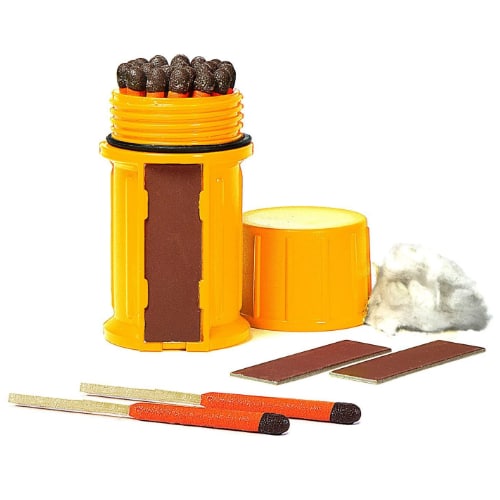
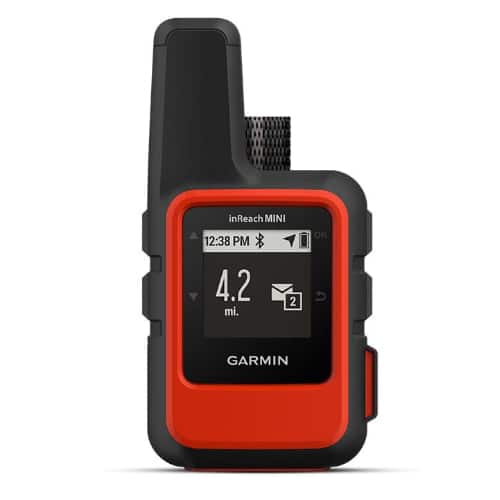
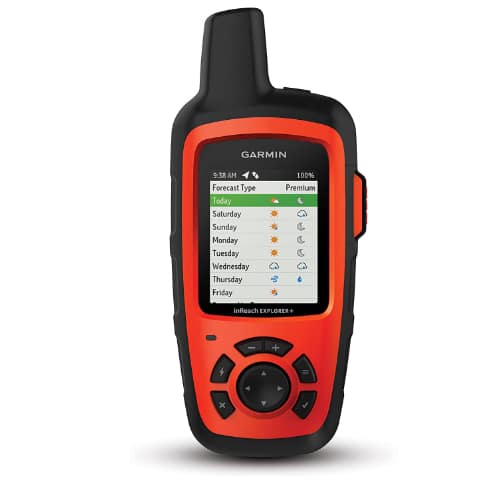
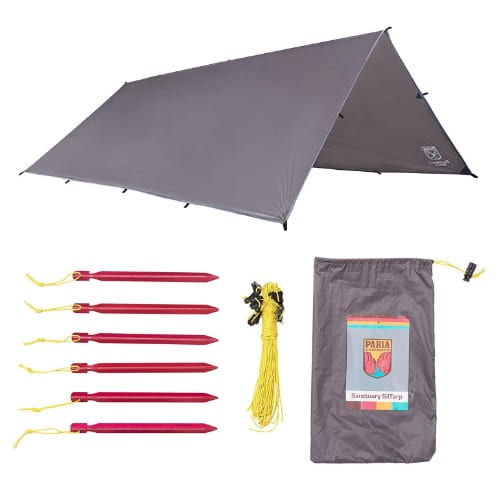
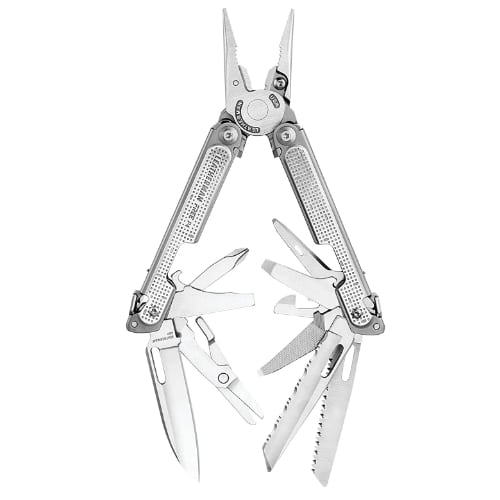
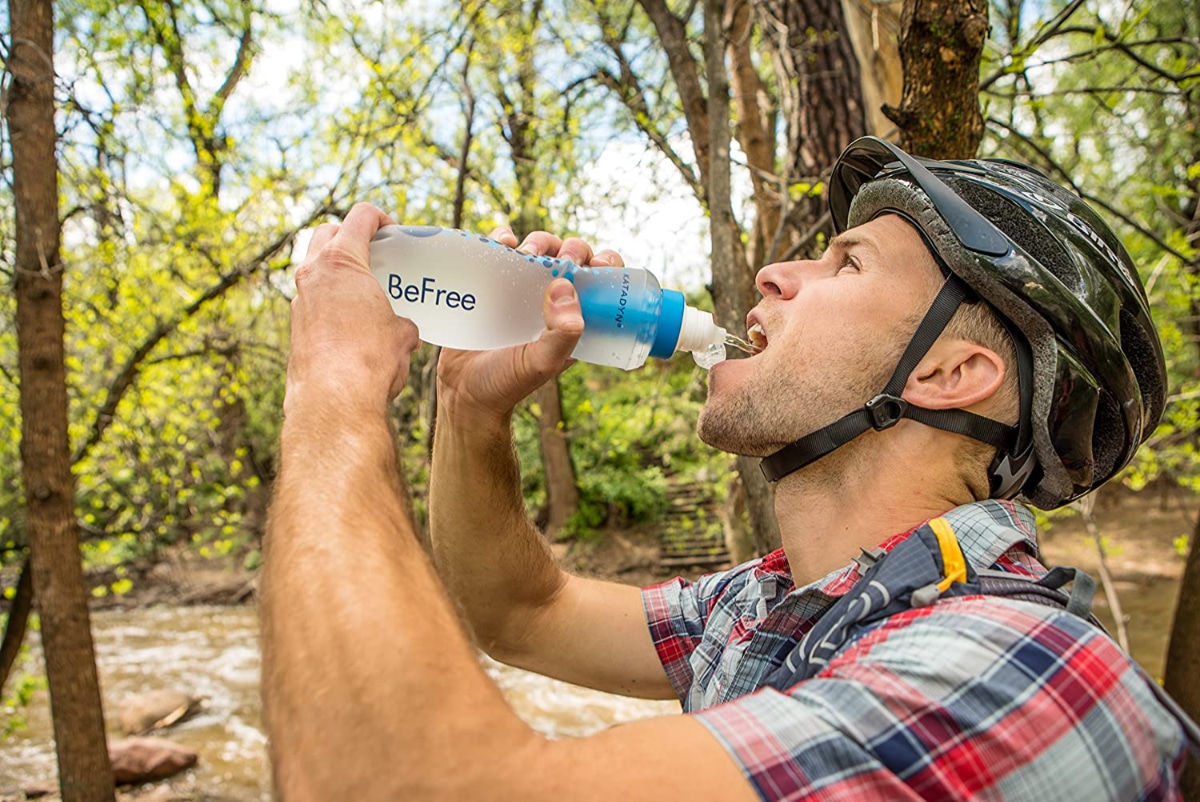
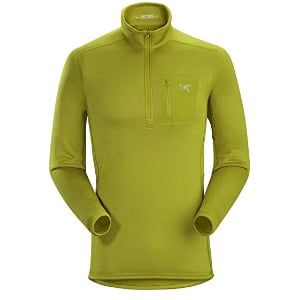
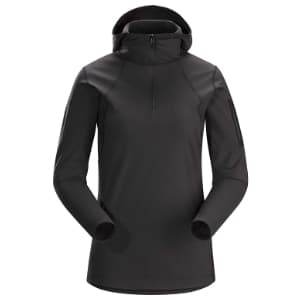
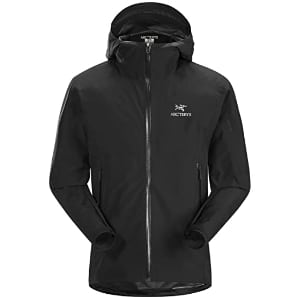
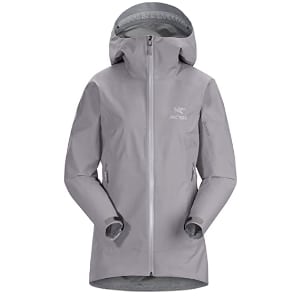

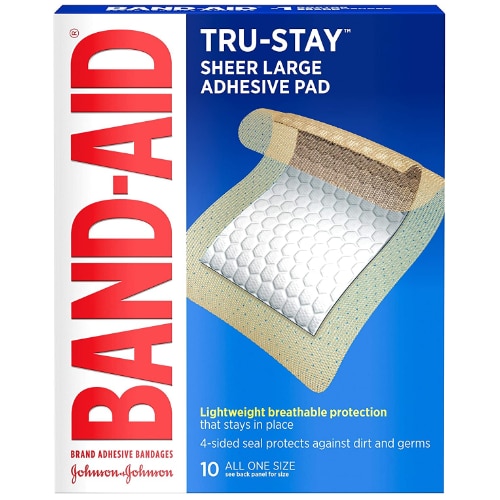
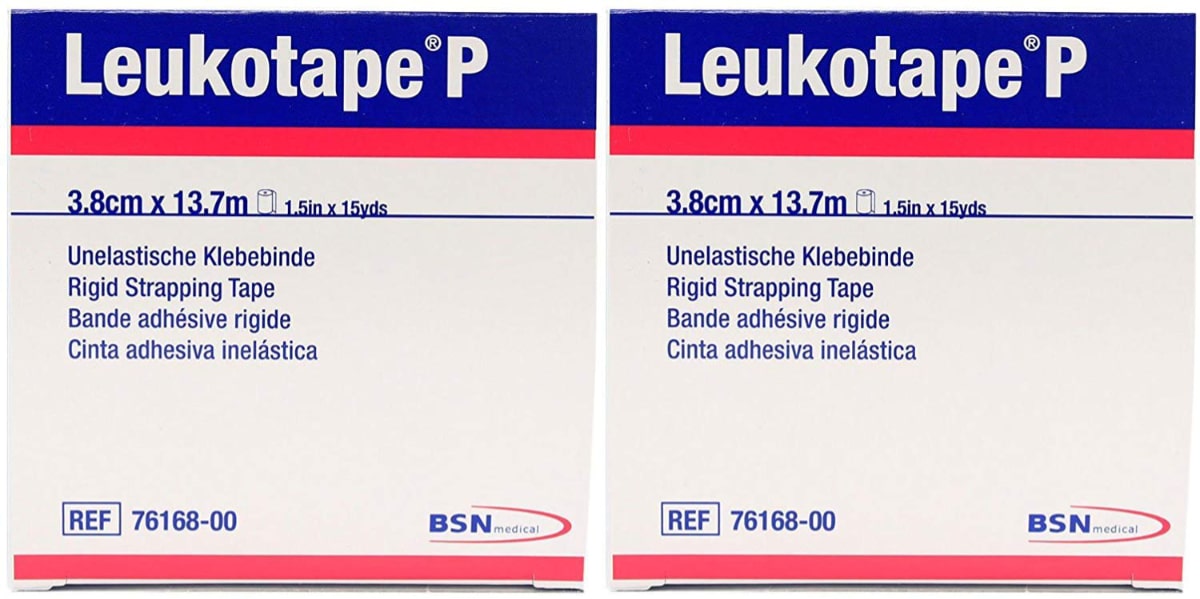
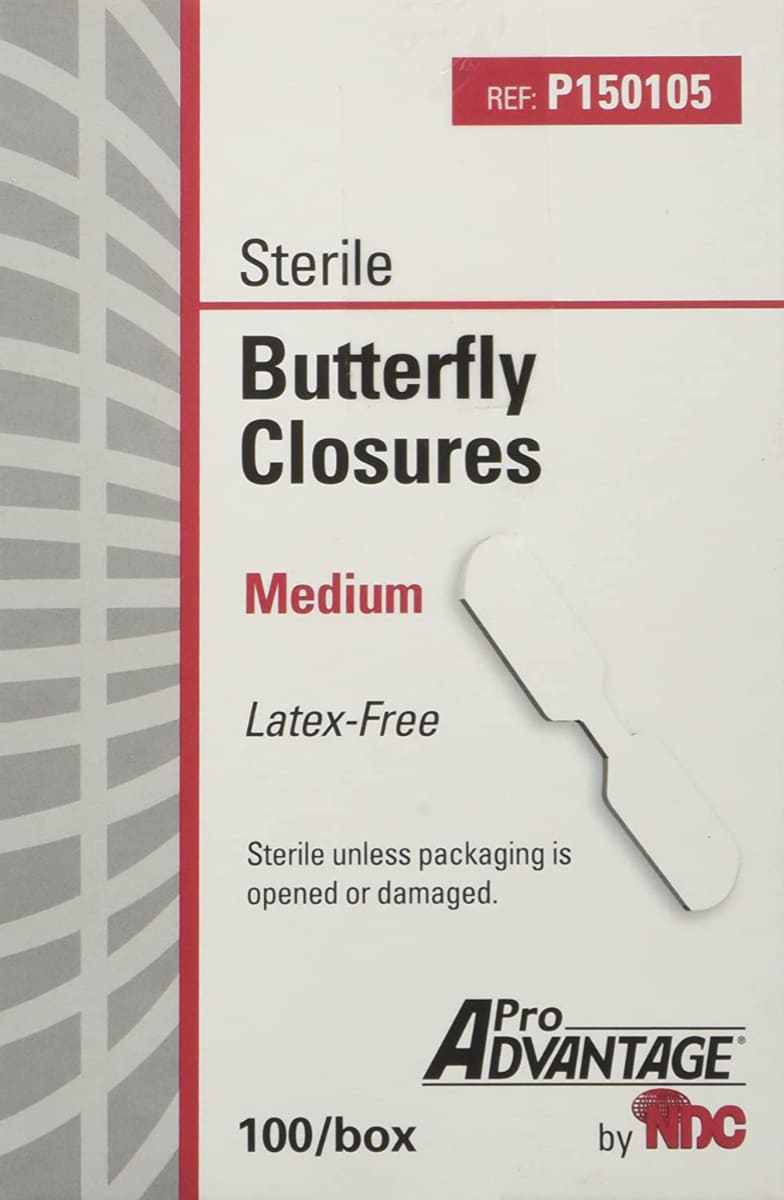
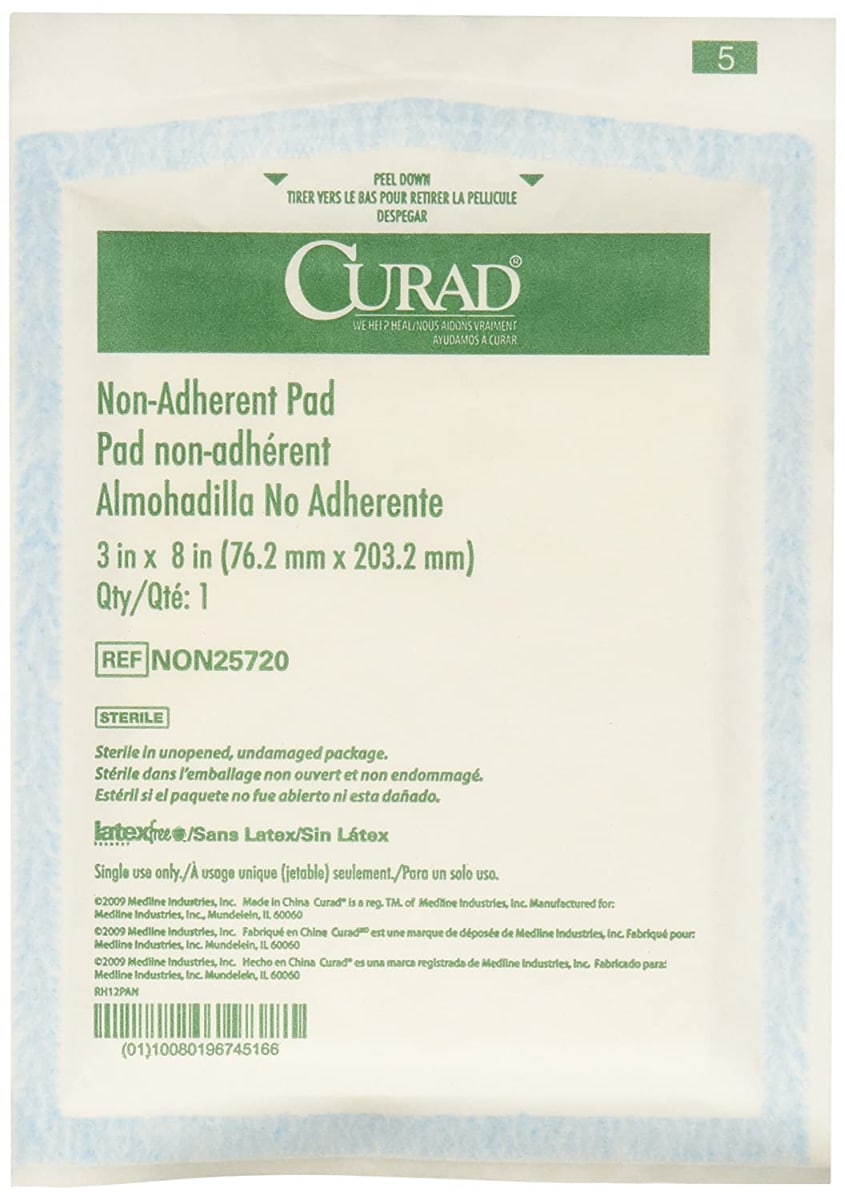


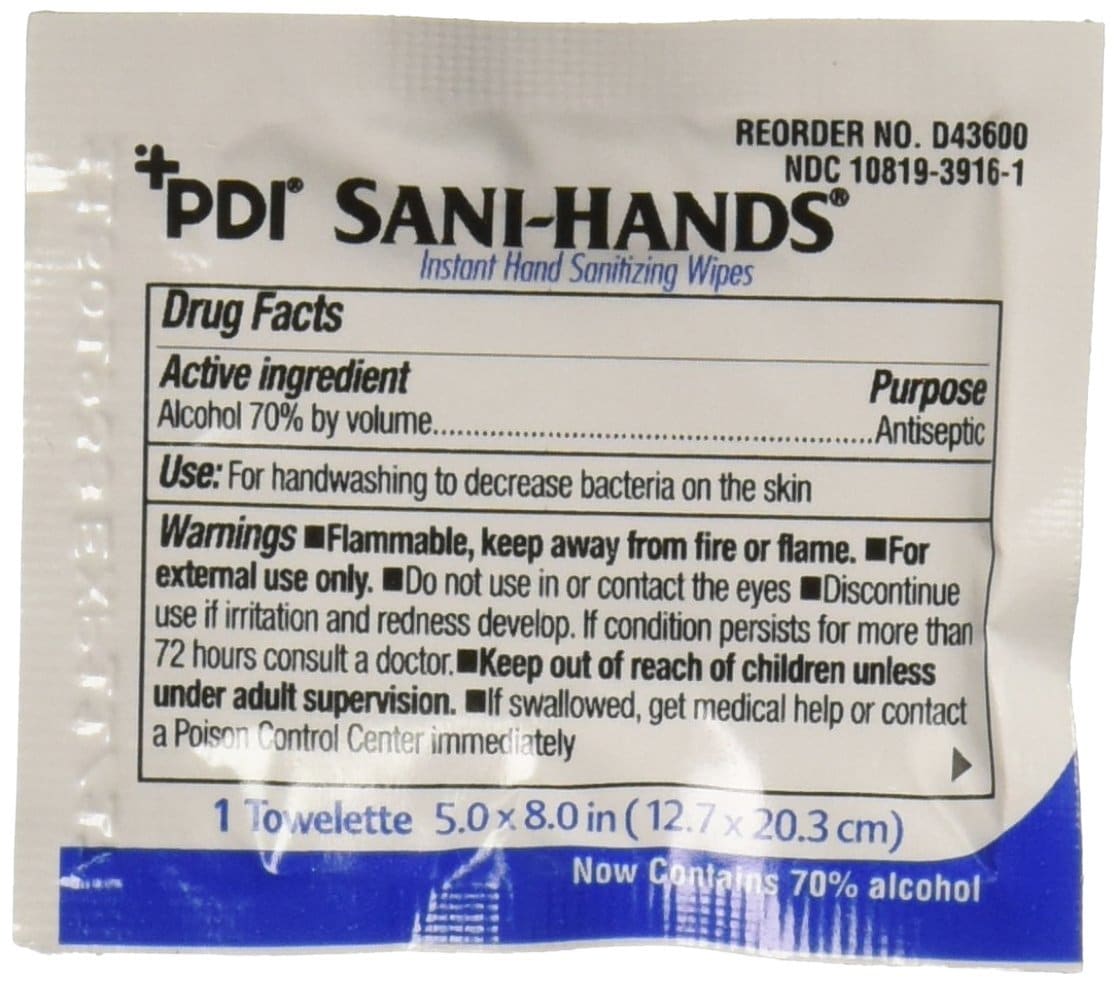
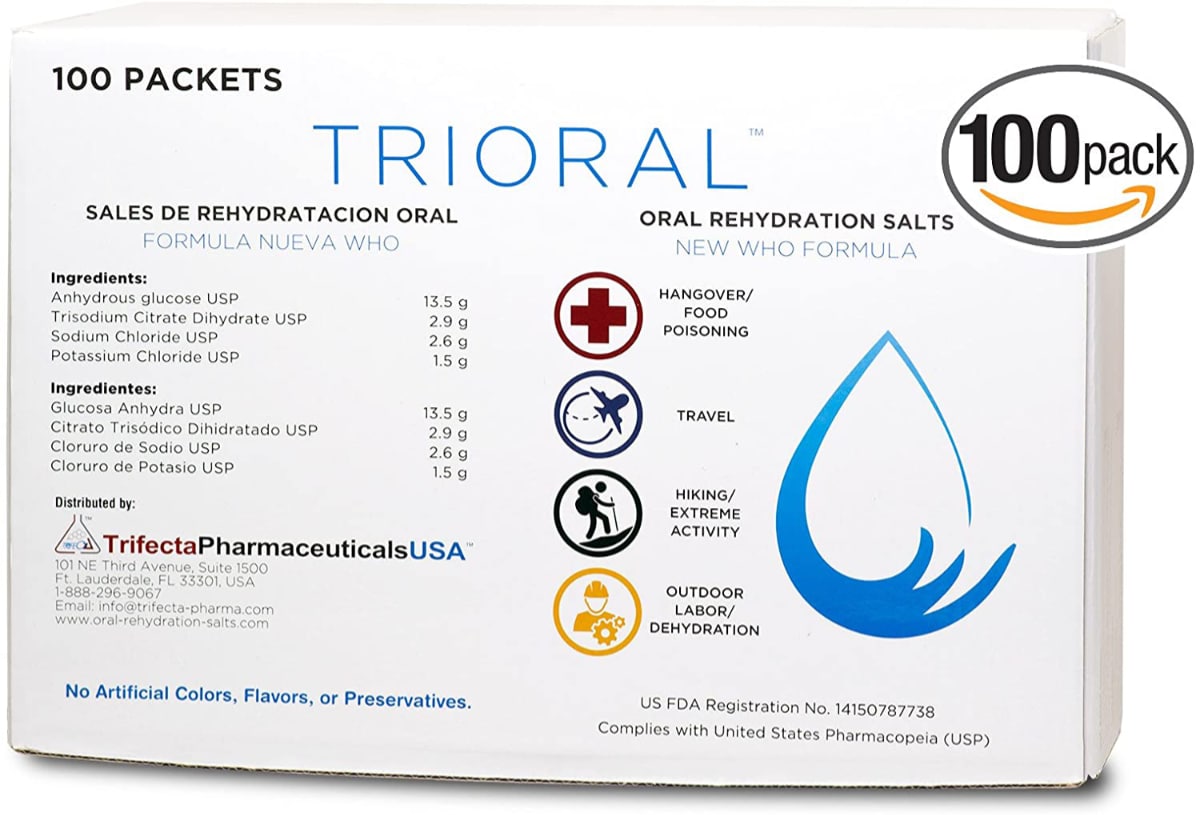
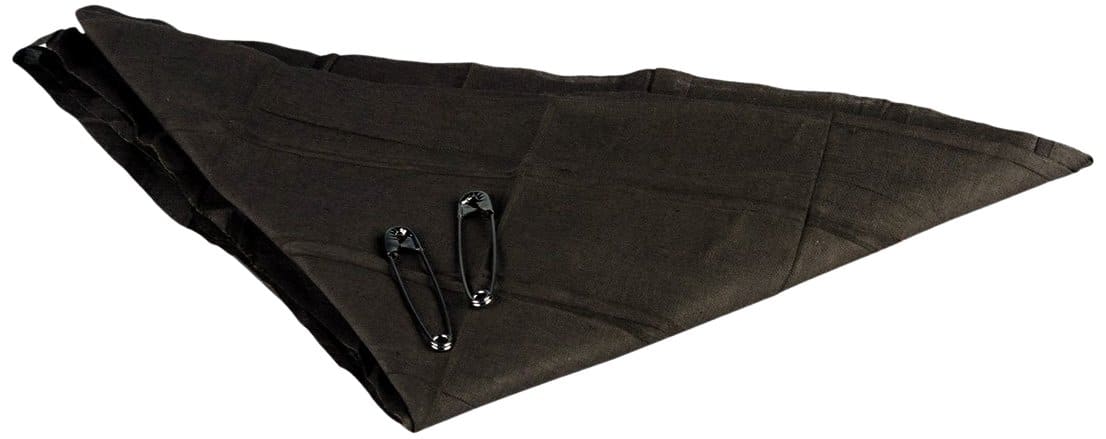
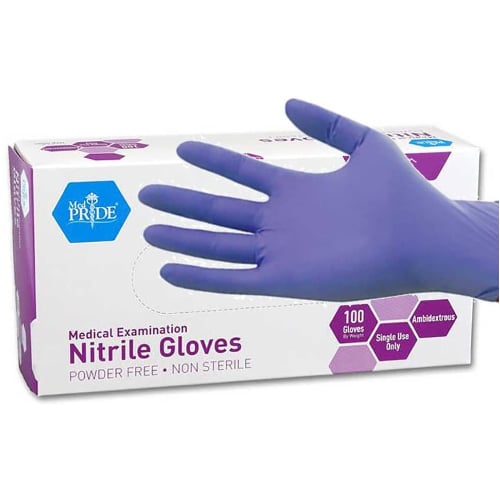


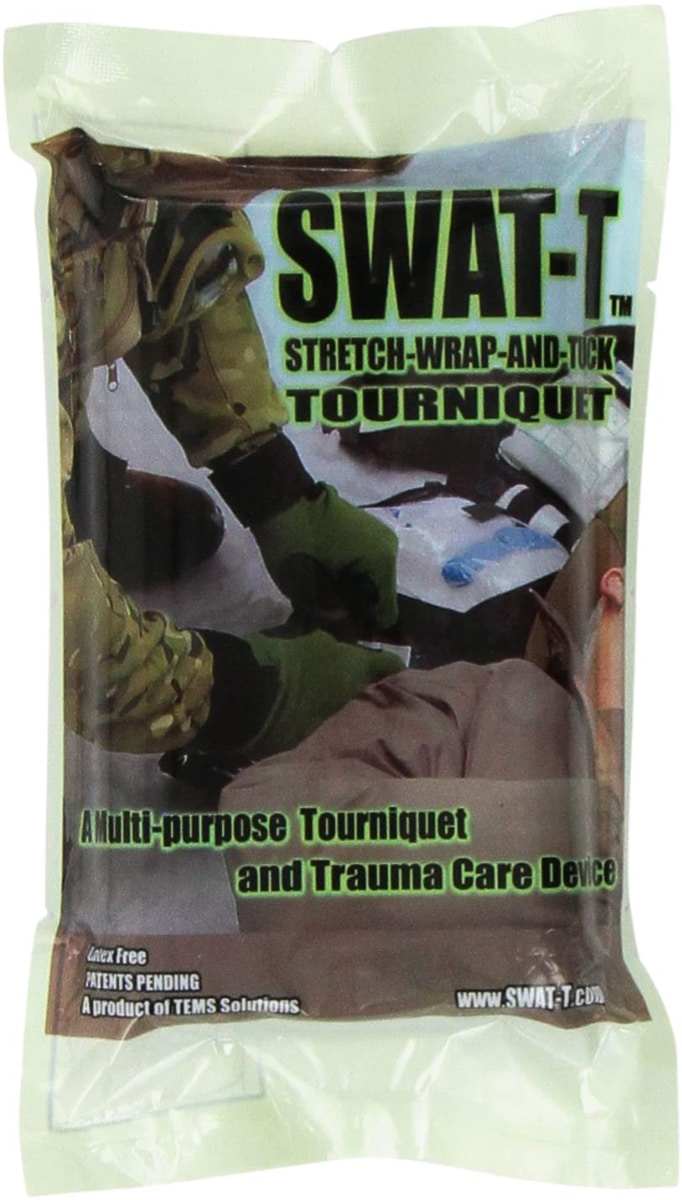

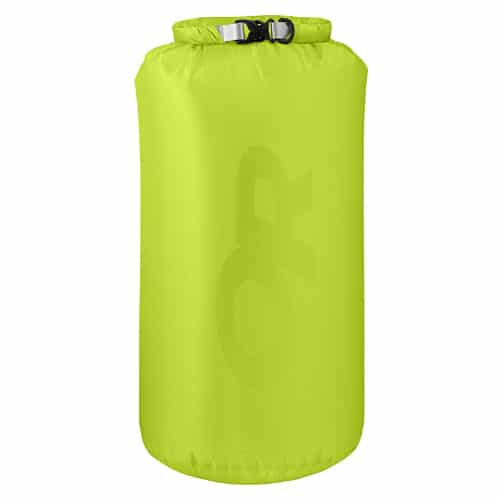
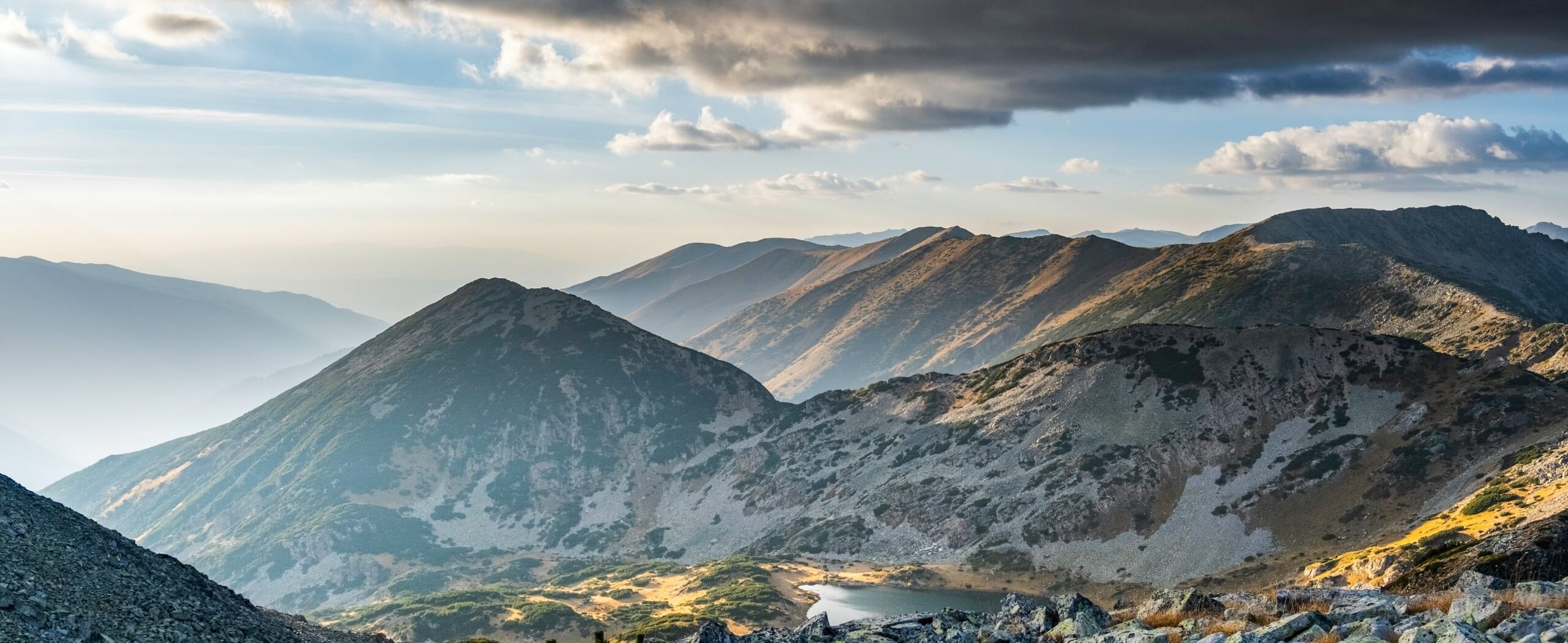


Comments